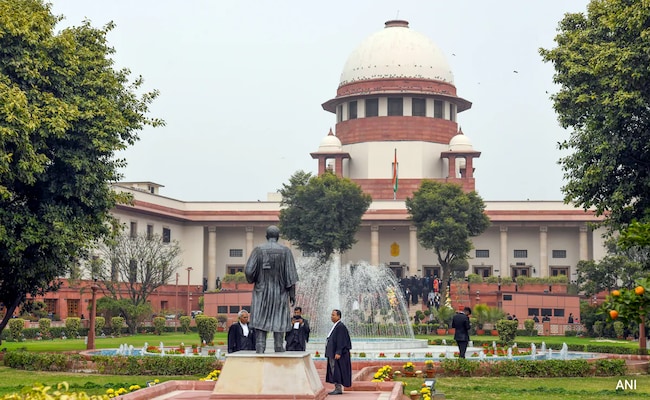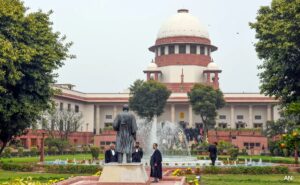Justice Nagarathna was the lone judge on the bench who did not concur with the majority verdict.
New Delhi:
In a dissenting verdict, Supreme Court judge Justice BV Nagarathna on Thursday said if the power to levy taxes on mineral resources are given to the states, there would be “breakdown of the federal system” as they would compete among themselves and jeopardise mineral development.
Justice Nagarathna was the lone judge on the nine-judge constitution bench who did not concur with the majority verdict penned by Chief Justice DY Chandrachud which held that the legislative power to tax mineral rights vests with the states and the royalty paid on minerals is not a tax.
Holding a contrary view, Justice Nagarathna, in her 193-page verdict, said royalty payable on minerals is in the nature of tax and not merely a contractual payment.
“If royalty is not held to be a tax and the same being covered under the provisions of the MMDR Act, 1957, it would imply that despite Entry 54-List I and the declaration made in section 2 of the MMDR Act, 1957…, taxes on mineral rights could be imposed by the States over and above payment of royalty on a holder of a mining lease,” she said.
Entry 54 of List I of the Constitution pertains to regulation of mines and mineral development by the Centre.
“There would be unhealthy competition between the States to derive additional revenue and consequently, the steep, uncoordinated and uneven increase in cost of minerals would result in the purchasers of such minerals coughing up huge monies, or even worse, would subject the national market being exploited for arbitrage,” Justice Nagarathna said.
She said the steep increase in prices of minerals would result in a hike in prices of all industrial and other products dependent on minerals as a raw material or for other infrastructural purposes.
Justice Nagarathna said as a result, the overall economy of India would be affected adversely which may result in certain entities or even non-extracting states importing minerals which would hamper foreign exchange reserves of the country.
“This would lead to a breakdown of the federal system envisaged under the Constitution in the context of mineral development and exercise of mineral rights. It could also lead to a slump in mining activity in States which have mineral deposits owing to huge levies that have to be met by holders of mining licences,” she said.
She said another impact of this would be an “unhealthy competition” to obtain mining leases in states which have mineral deposits and who do not wish to impose any other levy apart from royalty.
“It is, therefore, necessary to realise why the framers of the Constitution took a clue from the Government of India Act, 1935 in order to distribute the legislative powers between the Union and the State List insofar as regulation of mines and minerals is concerned,” Justice Nagarathna said.
Referring to future separate policy decisions to be taken by mineral-rich states, she said there might then be legal uncertainty which would cause adverse economic consequences including on mineral development in India.
She overruled a 2004 verdict by a five-judge constitution bench, which while hearing a dispute over imposition of cess on land and mining activities between the state of West Bengal and Kesoram Industries Ltd, had held that royalty was not a tax.
Justice Nagarathna, however, concurred with the CJI that the scope of the expression “any limitations” under Entry 50 of List II is wide enough to include imposition of restriction, conditions, principles as well as a prohibition by Parliament by law.
Entry 50 of List II pertains to taxes on mineral rights subject to any limitations imposed by Parliament by law relating to mineral development.
(Except for the headline, this story has not been edited by NDTV staff and is published from a syndicated feed.)



